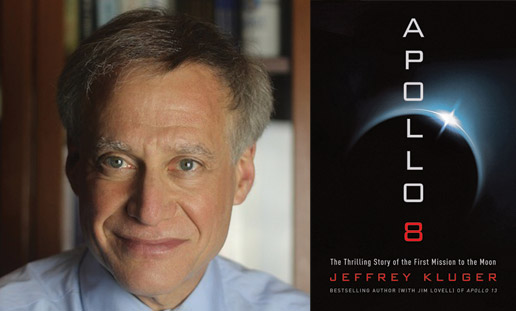For the record, Rock Beat Records in about to unleash a handful of lost, must-have classic vinyl. May we offer a sampling?
Arthur Lee & Love: Complete Forever Changes Live
One of the most famous, cherished LPs of all time, performed live, in it’s entirety!
As mercurial as Arthur Lee could be, he showed no concern in playing before 65,000+ Glastonbury concert-goers who all came to see if Arthur Lee & Love could pull off Forever Changes in a festival setting. Love’s musical director was the link between the ensemble of Swedish string and horn players and this loud, kick ass, take-no-prisoners rock-and-roll outfit. Think Mozart meets Thin Lizzy. Love came to Glastonbury with the hopes of just playing well and having a good time, but they left with so much more than that.
Phil Ochs: Live In Montreal 10/22/66
The Montreal gig was smack dab between his final Elektra album and his first release for A&M Records in November ’67. On the former he’s still the lone troubadour, armed only with a guitar that kills fascists (to paraphrase Woody Guthrie), while on the latter he utilizes ornate orchestration and piano accompaniment ranging from classical to ragtime. In many of the renditions heard on this live set, one can hear Ochs toying with the arrangements, adjusting the tempo mid-song and applying dissonance for effect. In some instances, his ideas outrun his technical capabilities.
Doc Watson: Live From Chicago, March, 1964: Vol. 1
Arthel Lane “Doc” Watson was an American guitarist, songwriter, and singer of bluegrass, folk, country, blues, and gospel music. His flat-picking skills and knowledge of traditional American music were highly regarded and often performed with his son, guitarist Merle Watson, until Merle’s death in 1985, the result of a tractor accident on the family farm. His guitar playing skills, combined with his authenticity as a mountain musician, made him a highly influential figure during the folk music revival of the mid 60’s. Watson pioneered a fast and flashy bluegrass lead guitar style including fiddle tunes and cross picking techniques which were adopted by many others.
Freddy Fender: Lovin’ Tex-Mex Style
In 1974, record producer Huey P. Meaux approached Fender about overdubbing vocals for an instrumental track. Fender agreed, performing the song bilingual style, singing the first verse in English, then repeating the verse in Spanish, something he repeated over the course of his career. That track was the No. 1 crossover hit “Before the Next Teardrop Falls”. While notable for his genre-crossing appeal, several of Fender’s hits featured verses or choruses in Spanish. Bilingual songs rarely hit the pop charts, often perceived as novelty hits, but Fender developed a track record of bi-lingual hits, expanding the rich culture of Tex-Mex music.
Big Joe Williams: Southside Blues
Big Joe Williams has been a major influence throughout his long career on most of today’s blues artists and is especially known for his unique development and playing of the nine-string guitar style, something no other artist has successfully attempted. This LP was recorded by famed blues producer Norman Dayron in Chicago and presents Big Joe in an intimate setting, performing many of the traditional and original blues for which he is most widely known.
Del Shannon: The Dublin Sessions
This is the holy grail for Del fans. Shannon was a consistent hit maker in the early 1960s, beginning with a No. 1 smash in “Runaway.” Del recorded this previously unreleased album in 1977 with his UK touring band, “Smackee”, at Ireland’s Dublin Sound Studios. Del originally mixed and re-mixed the tracks at Cherokee Studios in California but was never satisfied with the results. For decades cassette tapes of these recordings have changed hands with Shannon fans worldwide.
Mississippi John Hurt: Live At Oberlin College
This excellent performance at Oberlin College in 1965 came at a time when Mississippi John Hurt was coming back into the blues spotlight and being discovered by a new generation of fans. Hurt’s rich, gentle voice and flowing guitar lines are showcased as he performs a mix of hymns, traditional songs and Hurt’s folk/blues staples. While not showcasing the raw emotion of his earlier work, the blues patriarch’s warmth and intimacy shine through here, especially during his exchanges with his audience. This performance offered Hurt’s fine balance of child-like and mature, his voice mellow and his skill in the technically difficult art of finger-picking never diminished.
Mighty Joe Young: Live From The North Side Of Chicago
Willie Dixon said it best: “Frankly, I feel Mighty Joe Young is one of the most talented guitar players in the country. I used Joe on many sessions because of his ability to interpret the particular feeling of a song. He has a traditional sound which is he able to mix with a very modern style and he uses this combination to emphasize a mood.”





